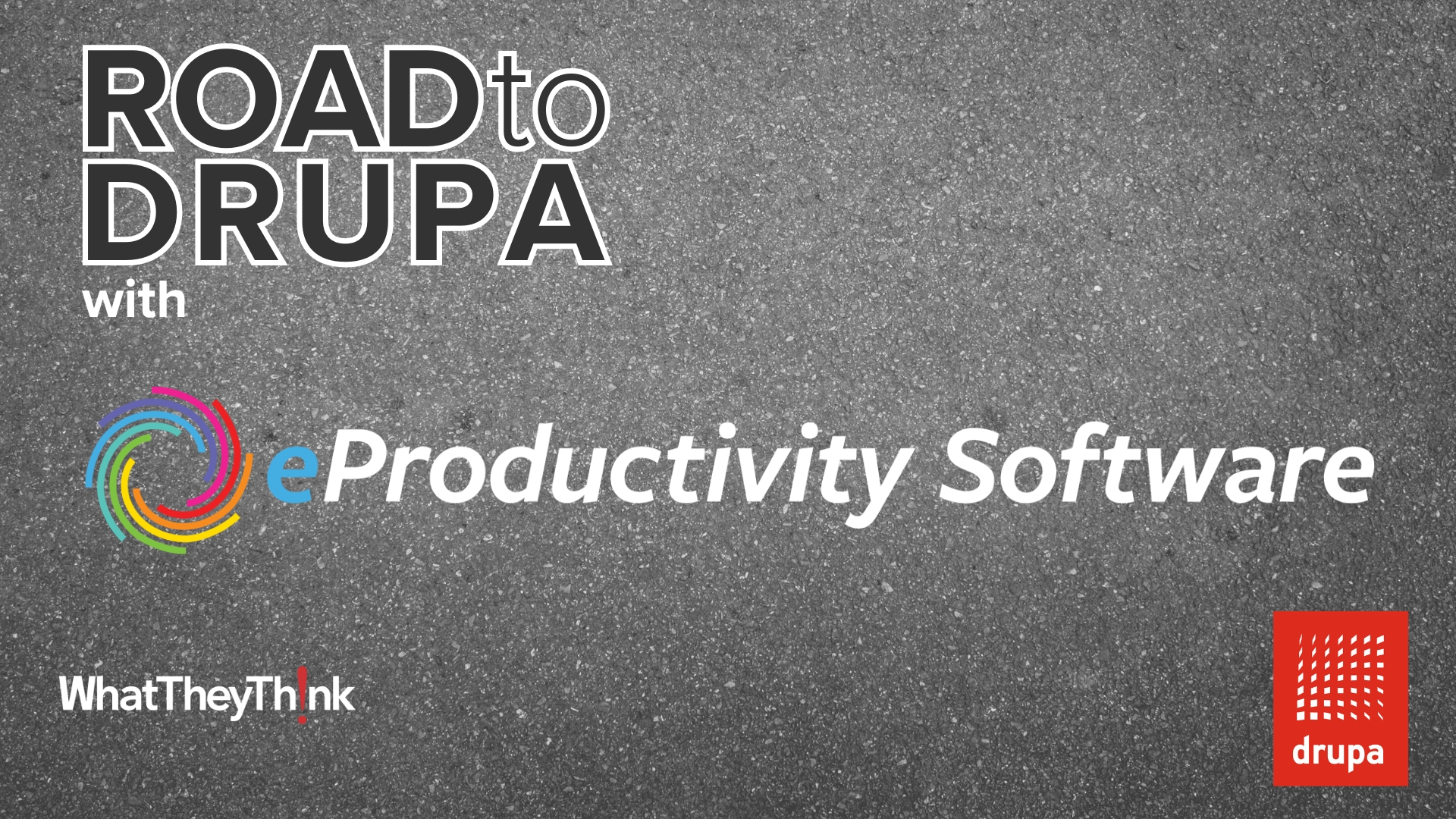Founded in March 2003, IMPIKA (Imprinted with Picoliters for Thousands of Applications), as their name indicates, has been focused on manufacturing and marketing of printing and material jetting solutions. Their headquarters is in Aubagne, France, sandwiched between the historic port city of Marseilles and the wine region of Provence in a 3000 m2 facility. IMPIKA started as a spin-off from the French smart card company, Gemplus, now Gemalto, the international security company.
From its early beginnings, IMPIKA has had a laser-like focus on the manufacturing and uses of technology for jetting solutions. Its product history extends beyond just print. IMPIKA products have included jetting DNA Microarrays (BIOJET) for profiling and monitoring genes, and DNA test traceability using RFID. This experience led the company to create its first piezo DoD print engine in 2004 and to introduce its first inkjet label and packaging press in 2007. The IMPIKA iPrint family of presses was introduced at drupa 2008. At IPEX in 2010 IMPIKA introduced its first iPress with a 1200 dpi native resolution. In 2011 thethe iPrint 250 with a speed of 830 ft.min was introduced, and at drupa 2012, IMPIKA introduced five new innovations. The company’s MATJET products are used to produce microelectronics, and IMPIKA has also joined the EU CLIP programme, which is dedicated to the development and functional use of inkjet for printed electronics.
IMPIKA’s background includes state-of-the-art technology and a unique combination of technical skills (electronics, software, mechanics, fluidic, pneumatic and chemistry). This expertise enables IMPIKA to provide advanced printing solutions with different market applications. This is obviously a company on a mission to become a leader in inkjet print technology.
A primer on IMPIKA Production Inkjet technology
As a company who’s DNA is rooted in inkjet, IMPIKA has done extensive research in the various inkjet head technologies and has used a variety of them at various points in time with various products. In the past, this has included Dimatix, Xaar, and Toshibatec printheads for different applications. Currently, IMPIKA is using Panasonic printheads with its iPrint and iPress, products, while its iEngine family uses Kyocera printheads.
The IMPIKA iPrint and iPress product lines are based on piezoelectric inkjet printheads with a native resolution of 600 x 600 dpi, but can be configured to support other resolution options including 360 x 600 and 1200 x 600. The company also offers a High Quality (HQ) mode that prints 600 x 600 with 4 grey levels. Its products offer a variety of drop sizes (3, 6, 9, 11, or 13pl) configurable based on your use and imaging requirements. IMPIKA also offers an “offset class” (OC) upgrade which changes out its native 600 dpi printheads with 1200 dpi printheads on its eVolution and eXtreme models.
However, it’s not just which printheads you use, but how you use them that affects the printer quality and performance. IMPIKA has developed a VHQ mode, which uses 2 different nozzles to send 2 different drop sizes, instead of 1 nozzle for three drops in a standard grayscale mode. This mode addresses a number of issues. First, if a nozzle jet fails, instead of a white line you get a lower optical density line. Second, since it is firing two different nozzles at the same spot, you can achieve better registration, even with machine acceleration and deceleration. Finally it has a higher quality visual appearance. All of the iPrint and iEngine products include a cleaning and wiping mechanism for maintaining the printheads.
IMPIKA presses support Dye, Pigment, and MICR inks. IMPIKA has also recently introduced an HD ink, which, like many of the other production inkjet manufacturers including HP, Kodak and others, uses nano particles in conjunction with normal pigments to achieve a significant increase in pigment loading and resultant color density. As more manufacturers move to this new type of ink production, we should see an increased use of production inkjet in direct mail and other higher color coverage application, while supporting the use of thinner papers.
All of the IMPIKA printers print on uncoated or inkjet papers. IMPIKA doesn’t offer a pre-coating station on any of its current machine offerings.
IMPIKA Press Transport(s)
IMPIKA designs and manufactures its own transports in addition to using third parties as required. Its iPrint line consists of four different scalable base platforms. The iPrint Reference is its original system introduced in 2006. This platform can be configured as a Single Engine Simplex (SES), Single Engine Duplex (SED), or a Twin Engine Duplex (TED). It prints up to 6 colors (including MICR), with a print width of 18.67” at up to 416 ft/min, at a minimum resolution of 360 x 600 dpi, and up to 1200 x 600 dpi depending on model and speed.
With the three latest entries in the iPrint platform, which were introduced at drupa 2012 the iPrint Compact, iPrint eVolution, and iPrint eXtreme, Impika provides an impressive range of complete and flexible production inkjet printers. All models are field upgradable to support changes in technology and business requirements.
Its entry product, the iPrint Compact, as its name implies, is a smaller footprint. It is a TED printer on a single base, something we are starting to see from other manufacturers as well as they design for smaller production spaces. It prints a width up to 18.67” at up to 416 ft/min. Models are available to print color from 1/1 color to 4/4 colors depending on the iCompact model.
For its second newly introduced model, IMPIKA looked at the evolving state of production inkjet, and built the iPrint eVolution press. This was designed for flexibility in configuration and upgrade as the owners build new business models with new machines. At the base level it can be a SED or TED with 2 printheads with the same 18.67” print width, and flexible throughput and output options (web, sheet, other finishing). For example, by adding, a print tower to the SED version or additional printheads to the TED version, you can produce multiple signatures and merge the two output streams with inline finishing. It also supports more flexibility in print resolution, colors and speeds. It can be configured to run from 1/1 color to 6/6 colors, with any combination in between. The currently supported configurations include 600 x 600 dpi at up to 500 ft/min, 360 x 600 dpi at up to 832 ft/min, 1200 x 600 dpi at up to 250 ft/min, and the previously described VHQ mode at 250 ft/min. The ultimate upgrade for quality and productivity changes out the native 600 dpi printheads for native 1200 dpi printheads, to support an OC mode at up to 2400 x 1200 dpi at 122 ft/min.
The iPrint eXtreme is the flagship model. It is a press that supports a paper width of up to 30”, with a print width of up to 28”able to print B2 and B1 formats with adapted finishing equipment. It comes standard with native 600 dpi printheads that can be replaced with native 1200 dpi printheads and can print up to 6/6 colors in all color modes including OC mode depending on the print engine configuration. It includes a new transport system that supports up to 1312 ft/min in monochrome and up to 1230 ft/min in full color depending on resolution requirements. The eXtreme is positioned to take on everything from standard variable data applications to higher quality commercial print applications. It includes a new operator display interface built into the side panels of the press engine units, similar to that of the newly announced Landa presses. Additionally, it can be remote controlled from a tablet, and has webcam capabilities to do remote monitoring and troubleshooting.
The iPrint printers all use Infra Red (IR) dryers, with the eXtreme also adding hot air. All presses support 3rd party inline finishing options.
As a side note, the IMPIKA presses are a dark charcoal grey color, generally shown with either green or pink trim. IMPIKA indicates that buyers can specify any trim color they wish when they order their press—a unique and fun manufacturing approach.
IMPIKA also manufactures the iEngine 1000 product line. These units are designed as inkjet engines that can be added to or integrated with existing production systems, as a way to add static or variable data printing to a device. Each iEngine is composed of one or more printheads, an electronics cabinet, fluid control system, and an automating wiping and cleaning station, as well as controller software. The iEngine line is available in two models; the iEngine 1000 with a print width of up to 4.25” and the 1000L which has a print width of 8.66”. Both models support pigment, dye, MICR, varnishes and special fluid inks. They support resolutions up to 600 x 600 dpi, that IMPIKA claims offers a “visual resolution” of 1000 dpi and speeds of up to 2000 ft/min in monochrome and 500 ft/min in full color, depending on the model. Examples of iEngine use could include offset web presses, mailing machines and envelope printers, inserters, etc. They both support variable data at full speed with the use of an optional DFE.
At drupa 2012, IMPIKA also showed a new concept press named Genesis. It is designed to print web to sheet within the same device. It is designed to produce US Letter and A4 format color pages in either simplex or duplex mode at up to 160 ppm in the VHQ mode. It supports coated, uncoated or surface treated paper.
IMPIKA Front End
IMPIKA’s DFE is named iController. It sits on an expandable multi core, multi mode high performance computer platform. Pages sent to the DFE are calculated on the fly at the nominal speed of the machine. iController does the screening and color management of the page files. It is a multi-resolution AFP/IPDS system that is PDF compatible. It supports GMC Inspire, Direct IPDS/AFP to IPDS, Printsoft, Emtex, and other workflow software. IMPIKA also offers its own workflow software named iFlow. This software is based on the Harlequin RIP that supports all of the IMPIKA production inkjet devices.
Putting it to use
IMPIKA has an interesting cost of production model. This includes specific B&W and Color counters, and white pages are not charged to help manage costs. The company offers a variety of service plans that include 2 varying levels of owner participation or a full service contract. Ultimately, IMPIKA will build a customized support plan to meet each customer’s requirements.
IMPIKA products currently support Transactional, Transpromo, Direct Mail, Book, Newspaper, Magazines and Graphic Arts printing applications.
In the next article, I will continue this production inkjet educational series by looking at Founder production inkjet offerings and applications from China. In each subsequent article we will look at a different vendor’s offerings, and how they are being used in production.










Discussion
Join the discussion Sign In or Become a Member, doing so is simple and free